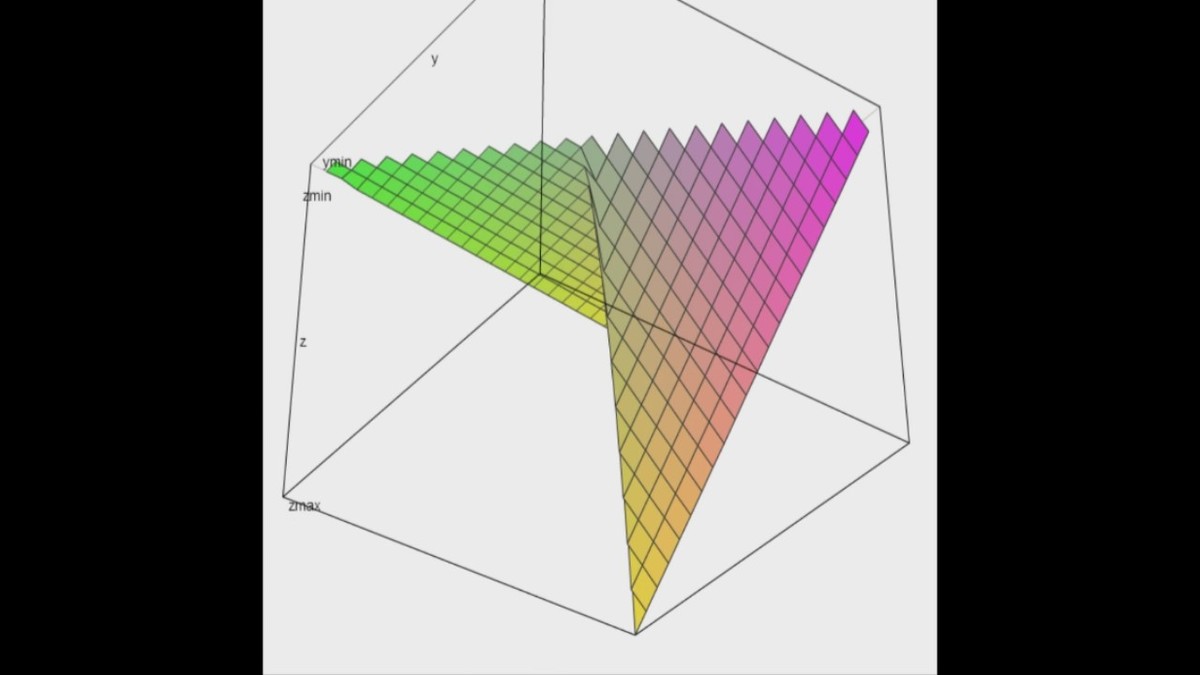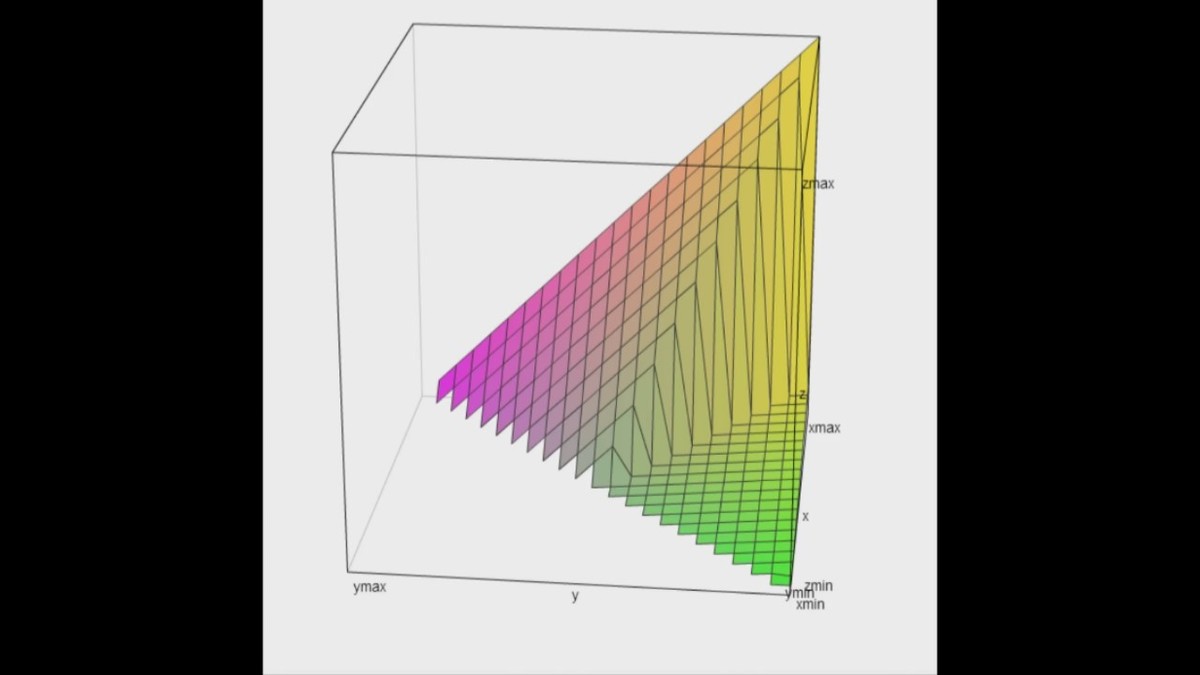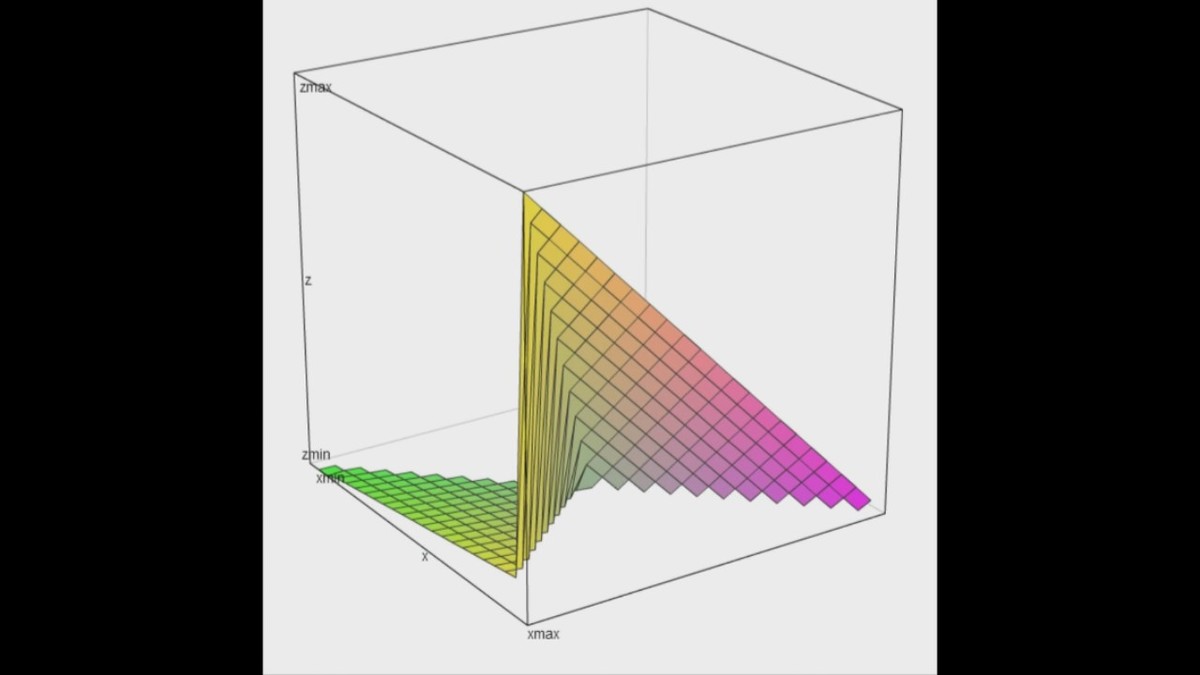Multi-Variable Function Fun!
What is the formula for this function?
A:
 B
B
 C:
C:
 D:
D:

This section requires Javascript.
You are seeing this because something didn't load right. We suggest you, (a) try
refreshing the page, (b) enabling javascript if it is disabled on your browser and,
finally, (c)
loading the
non-javascript version of this page
. We're sorry about the hassle.
This function works by taking the difference of x and y ( x − y ) and putting it in front of the sum of x and y ( x + y ) . The tricky part is figuring out how many digits to move ( x − y ) over. This part can be expressed as 1 0 n where n is the number of digits in base 10 of ( x + y ) . We can use the log function to figure out the approximate number of digits in it, however, this will have an unnecessary decimal, which we can remove using the floor function. However, this value fails to include one value, so we can add 1. So now we have Multiply this by (x-y) and add (x+y) and we have the final equation
Multiply this by (x-y) and add (x+y) and we have the final equation

Note: z must be positive for this to work. (And x>y, and both x and y are positive).
Just in case you are interested, this is the graph of the function from three different angles .
.

